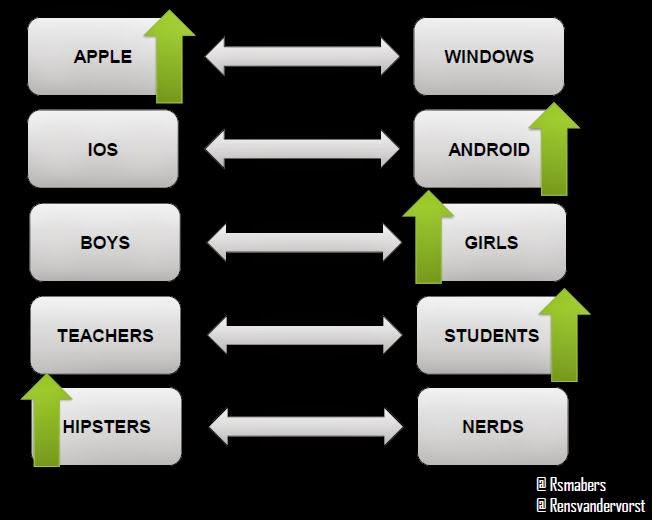Gartner, a couple of years ago, predicted that we should be planning for 3-4 devices per person. I was a bit doubtful. Would people really wander around with so many IP conected devices? Here at the conference Hilton Orlando hotel there is wireless everywhere. But, I can only really get on reliably after midnight and before 7:30am. Other times, well, not so feasible. Actually, it's much the same at the conference venue - using the standard WIFI. Pretty unreliable. The conference staff told me they've been complaining for ages. EduCause, to their credit, have overlaid another wireless network to augment what's there and their wireless is in excellent shape.
So, what's gone wrong? Well, I can't obviously be sure but I'd bet it's all about capacity planning. There is obviously an associated cost but I reckon this is probably less of a factor. The Hilton probably planned for casual use by a limited number of people with a low number of IP devices. Gartner's device per person prediction is probably in sight of coming true. Perhaps with the growth of IP connected fitness / medical devices, watches and our desire to be 'always connected' we'll see even more growth. We're also now absolutely reliant on wireless in a way that wasn't perhaps true only two or three years ago.
What do we need to do? It's reminded me that we need to be sure our capacity planning is sensible. How many devices, per person, per area, per campus? We did this a couple of years ago but could be refreshed. So 3 devices per person x 4000? people on campus = 12,000 active IP connections at our Cambridge Campus. We don't yet have this capability. Actually, need to stop. The wireless just gave out.
Wireless data goldmine
That's a pretty good segway into the next presentation by Rens van der Vorst from Fontys University where he is Head of Innovation and Roel Smabers CEO of Parantion Group. Both from the Netherlands.
The premise is that our wireless data are a potentially goldmine:
“Using your wireless data, you will be
able to improve life on campus, provide exhilarating services to students and
staff, enhance learning, and make life easier and a lot more fun. We used our
local big data, and you can do it too!”
They extensively used infographics to engage students. Below is an example showing the ‘garden’ with
the number of ‘bees’ representing the number of users online using wireless. They reckoned showing easy to understand graphics helped students understand why the Wireless gets slow. This understanding means students are more supportive, they thought.
·
More Apple than Windows used
·
More Smartphone Android than IOS
·
Girls more active than Boys
·
Students more active than teachers
·
Arts students more active than science based
students
Interesting use of data and pretty entertaining presentation.
The use cases can go quite far, of course. Correlations between wireless use, location, attendance, results and demographic and data might, they suggest, create a great picture of student behaviour and outcomes. But, maybe the wireless data is one of the weaker correlations we could make?
The use cases can go quite far, of course. Correlations between wireless use, location, attendance, results and demographic and data might, they suggest, create a great picture of student behaviour and outcomes. But, maybe the wireless data is one of the weaker correlations we could make?


No comments:
Post a Comment